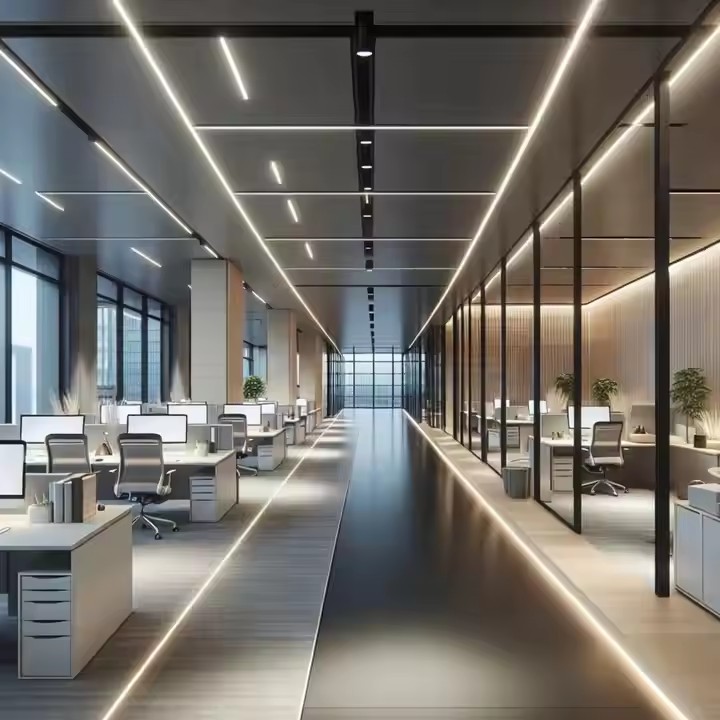I. Market Competition
Serious product homogenization: The production technology in the door and window industry is mature, and many products have little difference in appearance, function, etc. It is difficult for consumers to distinguish the quality from the appearance, so enterprises can only engage in price wars. For example, some small and medium – sized door and window enterprises, whose products lack characteristics, can only compete for the market by offering low prices, squeezing their profit margins. Businesses copy each other because it can save some design costs as much as possible. Product homogenization is a common problem. Businesses hope to directly obtain the styles and designs of doors and windows through imitation and copying, reducing some design departments and many other departments in the company. This is beneficial for reducing some capital expenditures and saving money.

Lagging brand building: Although there are many enterprises in the industry, most brands have weak influence. Consumers have a low awareness of brands, and it is difficult for enterprises to obtain more market share and premium – pricing ability through brands. They are at a disadvantage when competing with well – known brands. The lag in brand building means that businesses do not pay enough attention to brand building and think that brand marketing is not important. However, in fact, brand marketing and building are very important. Because only by doing a good job in marketing can more consumers see the brand’s popularity. Once the popularity is achieved, consumers are more inclined to cooperate with the businesses. Products with high popularity in the market have all spent a relatively large amount of money on marketing, so that more consumers can see them and then purchase door and window products.
II. Raw Material Supply and Cost
Large price fluctuations: The prices of major raw materials such as aluminum alloy, plastic – steel, and wood are greatly affected by market supply and demand, international situations, etc. When prices rise, enterprise costs increase. If they cannot transfer the costs in a timely manner, their profits will be squeezed. When prices fall, it may lead to a shrinkage in the value of inventory. Since the market is volatile and prices are different in each quarter and time period, fluctuations are normal. When prices are high and customers need orders, the purchase price will be relatively high, which is not cost – effective. Calculating the overall price, it is not cost – effective, and the profit margin may not be large, or even result in losses.
Uneven quality: Some raw material suppliers provide inferior materials to reduce costs. For example, low – quality metal materials are prone to rusting and have low strength, which affects the lifespan and performance of doors and windows, damages the brand image of enterprises, and loses market trust. Due to the relatively large price fluctuations at different times, some businesses, in order to save money, will buy materials of not – so – good quality to manufacture doors and windows. Then there is a high possibility that the products delivered to customers have quality problems, which will damage the reputation of the manufacturer.

III. Technology and R & D
Insufficient innovation ability: The technical threshold of the industry is relatively low. Many enterprises lack independent R & D capabilities, rely on imitation and copying, and find it difficult to introduce competitive new products. This restricts the innovative development of the industry and fails to meet consumers’ demands for high – end and personalized products. Since some companies are not willing to invest a large amount of capital in product research, their technology is insufficient, and their products are rather old – fashioned and cannot keep up with the trend of the times.
Shortage of technical talents: There is a large gap in technical talents in the door and window industry. There is a lack of high – end talents with an international perspective and innovation ability, resulting in slow progress in enterprises’ new technology research and development and process improvement. High – end technical talents should be recruited because they can design more high – tech door and window products. However, hiring high – end talents requires high salaries. This depends on the company’s judgment and trade – off. The company needs to make a choice based on its strategy.
IV. Sales and Service
Limited sales channels: Traditionally, it relies on channels such as distributors and building materials markets, which are restricted by regions, market sizes, etc. Although there are opportunities for the development of online channels, they face supporting difficulties such as logistics and distribution, and installation services. Expanding new channels is costly and difficult.
Complex after – sales service: Doors and windows have a long service life, and various problems may occur during use, such as poor sealing and damage to hardware. Establishing a complete after – sales service system is costly and requires a large amount of manpower and material resources. It also requires high technical levels and fast response speeds from service personnel. Otherwise, it will affect customer satisfaction and the company’s reputation.

V. Macro – environment and Policy
Fluctuations in the real estate market: The door and window industry is closely related to the real estate market. Real estate market regulation policies, changes in the number of newly built houses, etc. directly affect the market demand for doors and windows. When the real estate market is sluggish and the number of new projects decreases, the demand for doors and windows will decline.
Pressure from environmental protection policies: The country’s requirements for environmental protection are constantly increasing. Door and window enterprises face environmental protection pressures such as energy conservation, emission reduction, and waste treatment during the production process. They need to invest capital and technology in environmental protection transformation, increasing the company’s operating costs. Design environmentally friendly doors and windows according to national policies, for example, use new energy materials to manufacture doors and windows.

